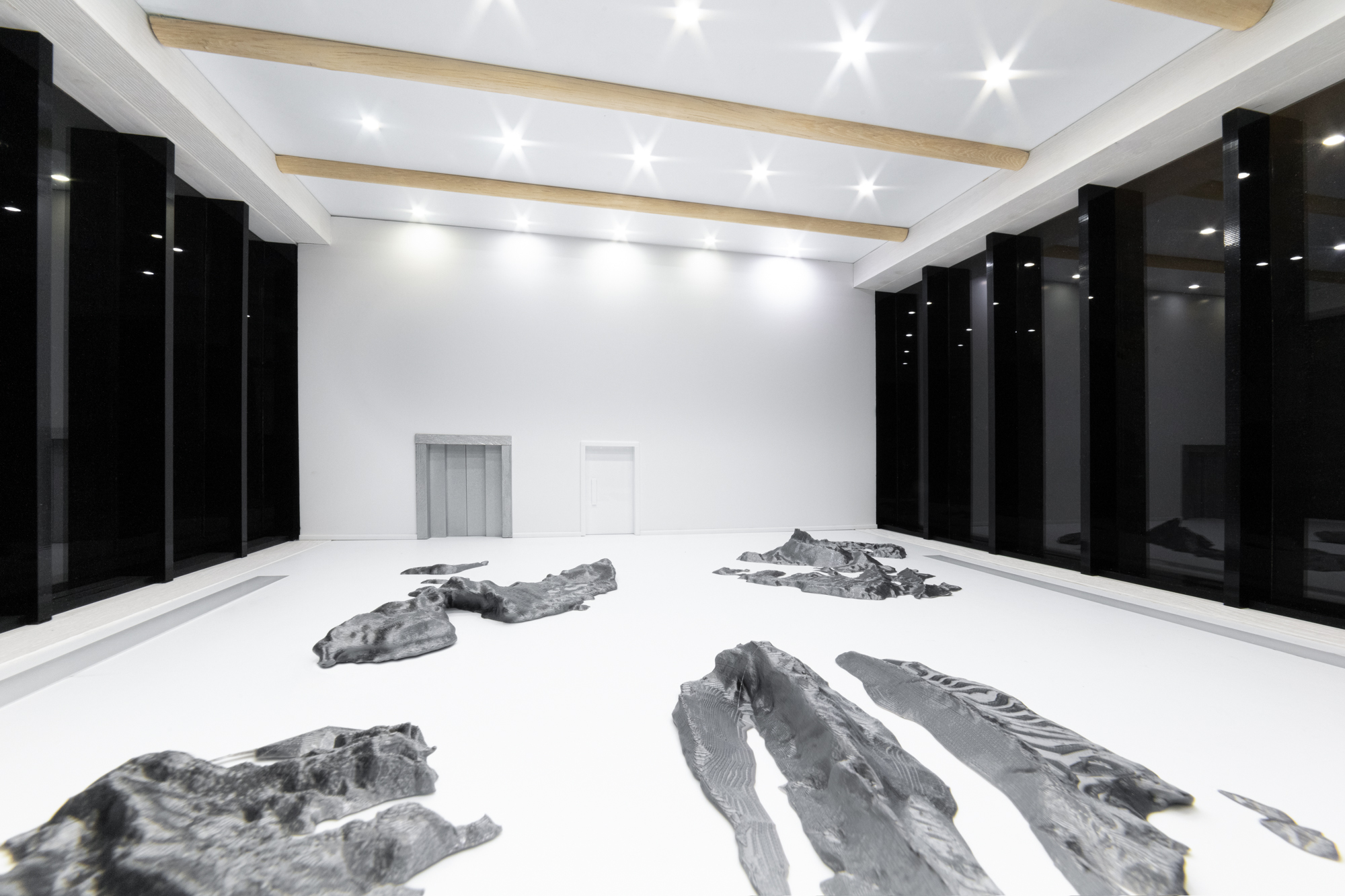18.09.21-21.11.21
Alessa Brossmer
reproducing nature
Image © Baptiste Coulon
reproducing nature started in 2019 at the glacier tongue Sólheimajökull in Iceland.
The interdisciplinary project formed in cooperation with Prof. Jochen Orso, Reutlingen University, and is a sub-project of mission EARTH.
Iceland is a small island surrounded by the North Atlantic Ocean. It´s appearance is characterized by massive rivers, impressive waterfalls and shining glaciers. Heat and cold coexist. Active and inactive volcanoes are located all over the country, some are covered by ice, for example by the ice shield of Vatnajökull. The biggest glacier in Europe covers 8% of Iceland. Iceland also has smaller glaciers like Mýrdalsjökull. It´s dozens of glacier tongues reach down to the valley and sometimes form lagoons. One of them is located in the South and called Sólheimajökull (translated: the glacier where the sun is at home). By calving the glacier releases – sometimes volcanic ash black, millennial – icebergs onto the lagoon. Four icebergs of Sólheimajökull´s lagoon were chosen and circled with a filming drone. The data was fed to a program that rebuilt the surface of the iceberg and constructed a 3D model. This technique is called photogrammetry - a technique originally coming from Geodesy but also used for the conservation of cultural heritage as sculptures. After a 3D model was extracted, a 3D printer was used to print a mini iceberg of the scanned original. The research was guided by the fascination for glaciers, by their age, beauty and strength. It is also guided by fear, as glaciers can be hazardous and even deadly – and by sadness, because they are melting way too fast. The idea was to scan the icy dying monuments in order to conservate them as 3D prints in the form they were found. By now, the uniques are already water. reproducing nature not only is a sculptural project on ice melting, it also represents one of many forms of water in deep space. It questions the limits of technology by using one of the most famous temporary technologies.





